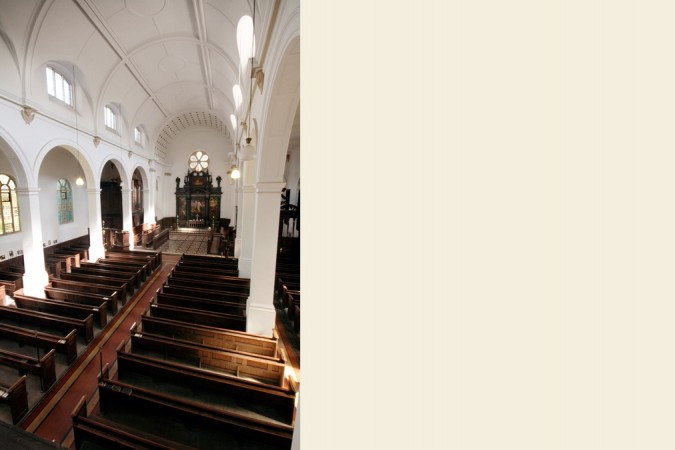Follow the brown signs



An elegant Georgian survivor in a city centre location
Located in Bristol’ city centre, this handsome late 18th-century church was designed in 1789 by local architect and carver James Allen to replace a Medieval church deemed unsafe for use.
Allen retained the 15th-century west tower of the old church, intending it to be ‘raised and modernised’ in a Classical fashion, but the plan was never carried out and the church is an unusual – but pleasing – blend of both periods.
There is a fine ring of eight bells, all cast by local founders from the 15th-yo the 19th-century. At the east end is a reredos of 1716 and at the west a gallery of 1728-32, both transferred from the previous church.
On the north side of the chancel is a superb 18th-century organ case. Some of the other furnishings are 18th-century, but most date from the 1896 restoration by H Roumieu Gough.
They are excellently designed and all contribute to one of the best interiors in Bristol. Little now survives of the old parish buildings, once home to rich clothiers, glovers, glassmakers and wine importers whose trading activities supported the church.
One of the few remaining inns of the parish is the Seven Stars Tavern, right next to St Thomas’, where anti-slavery campaigner, Reverend Thomas Clarkson, gathered information on the slave trade. His evidence helped bring about the abolition of slavery in Britain.

How to find us
Church of St Thomas the Martyr, Bristol
Thomas Lane
Bristol
Bristol
BS1 6JG
Get directions to this attraction
Facebook page:
www.facebook.com/ChurchesConservationTrust
Twitter
TheCCT







